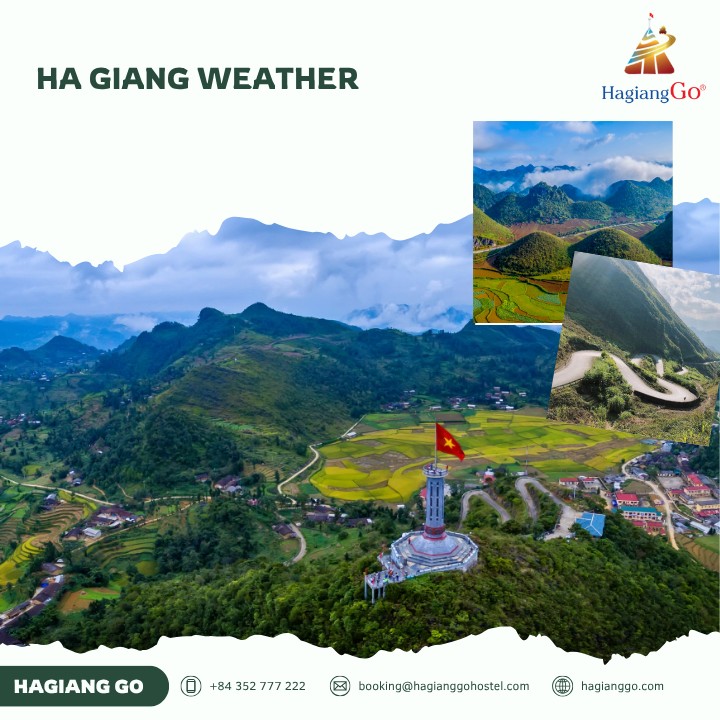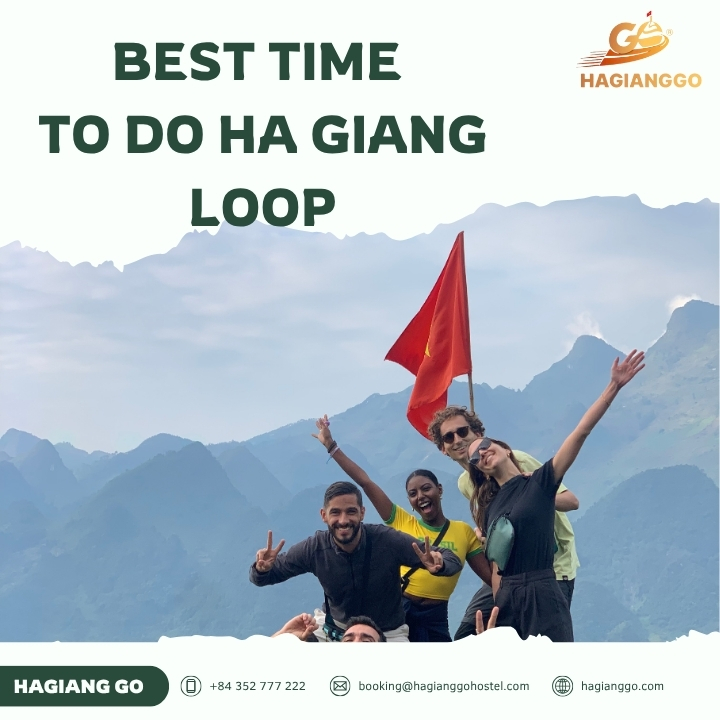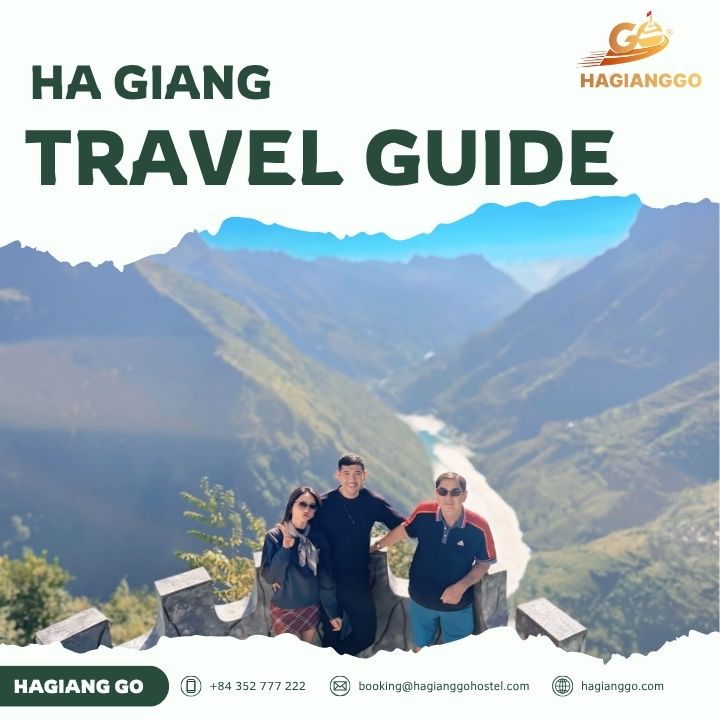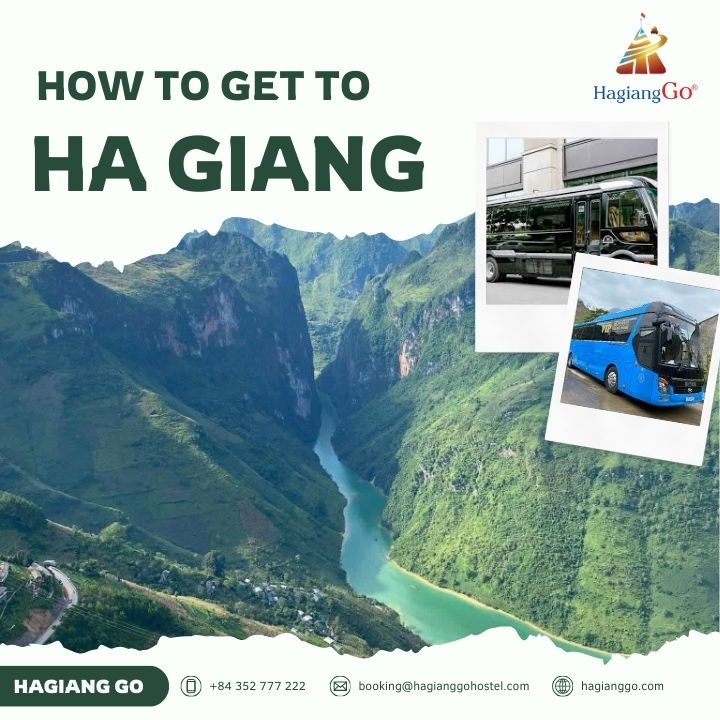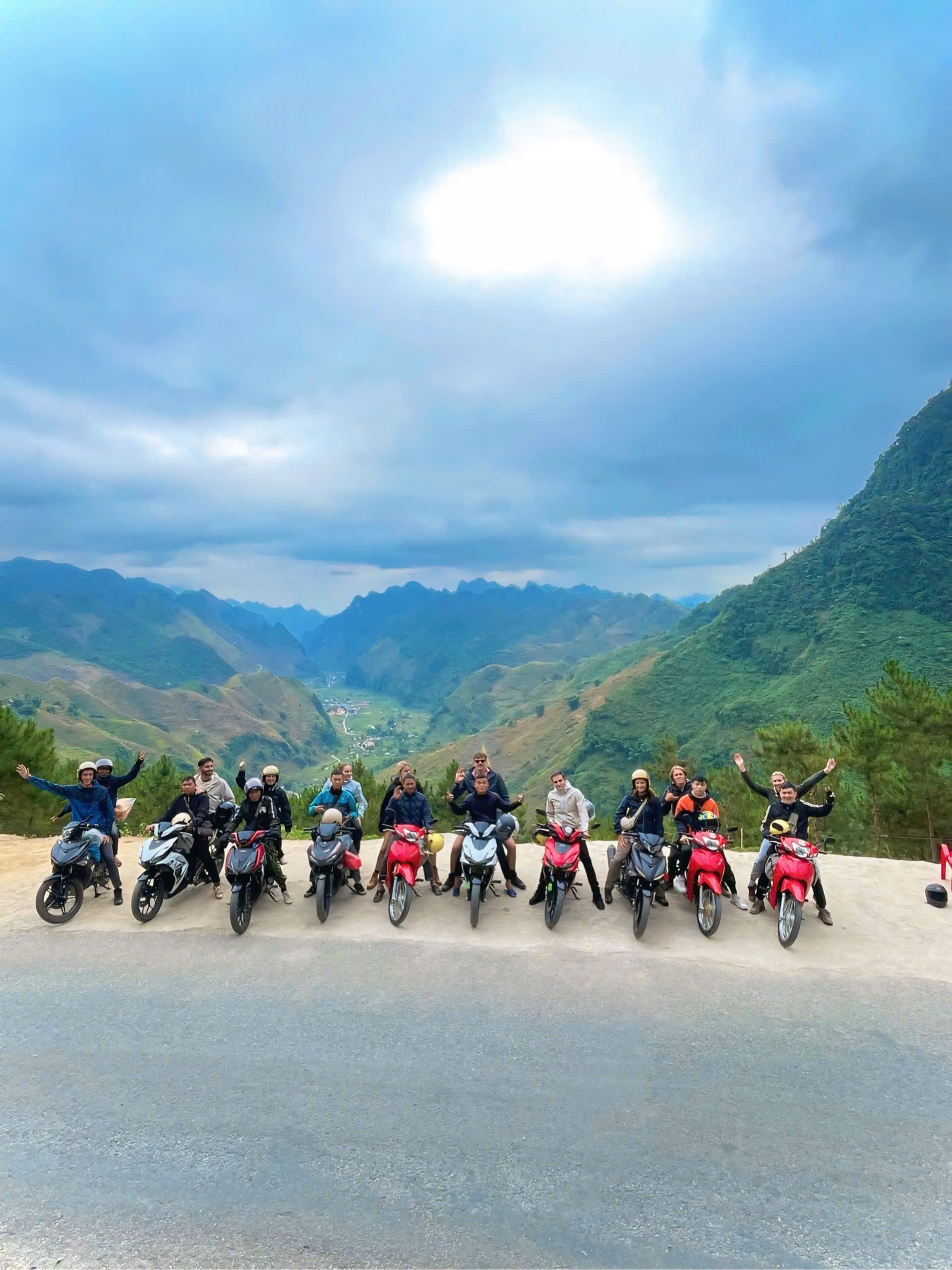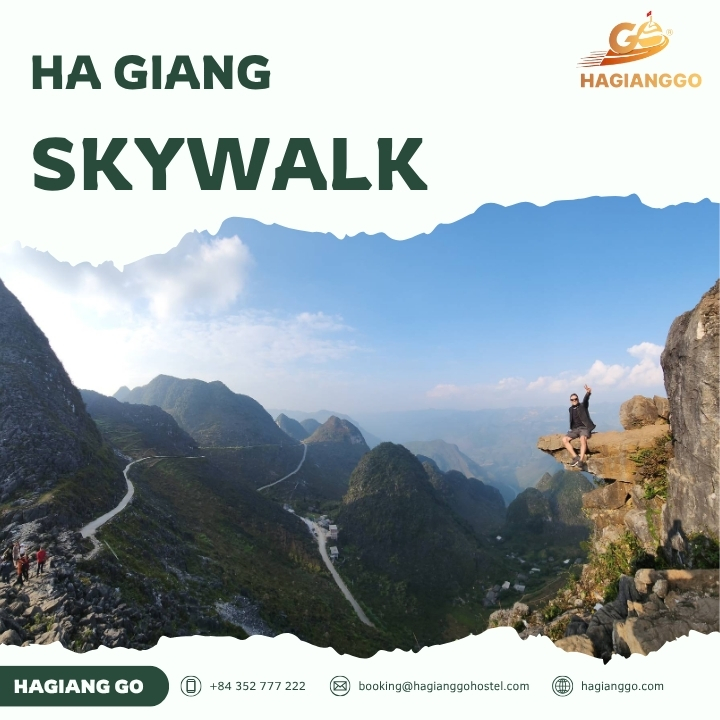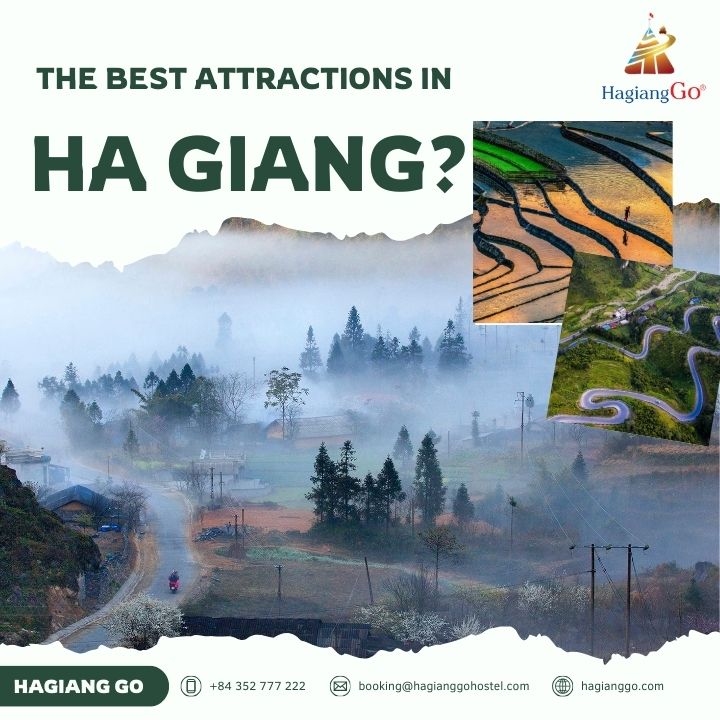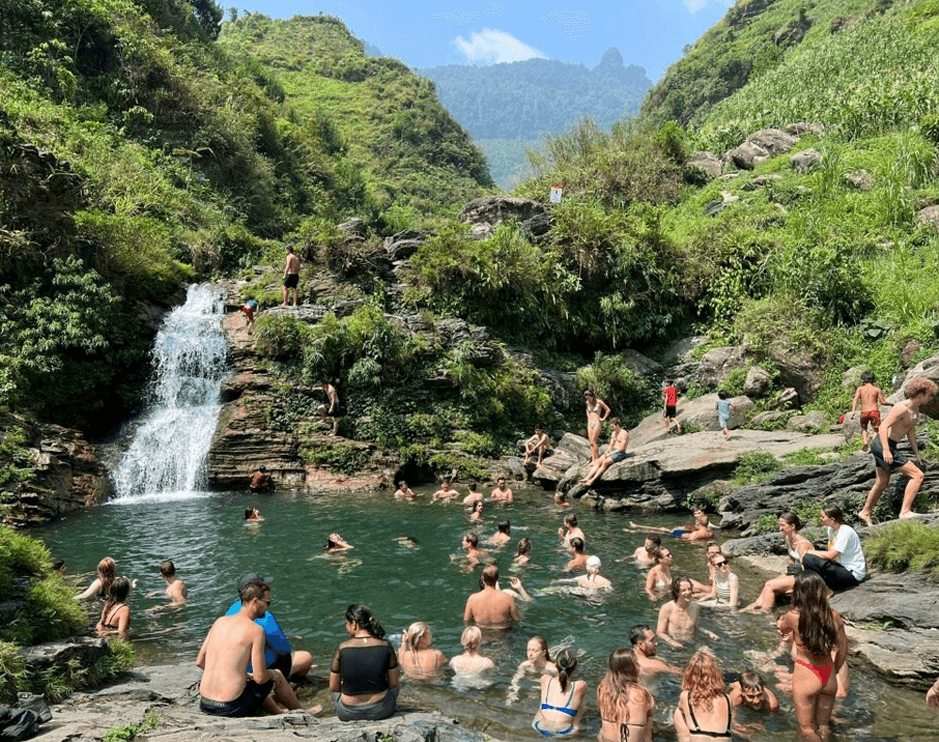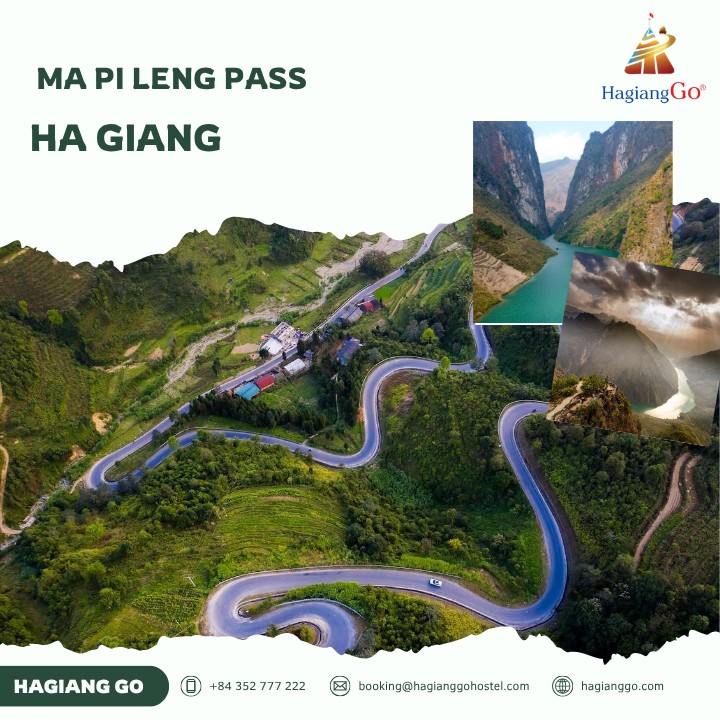1. An overview of Ha Giang weather
Ha Giang's climate is classified as humid subtropical, with distinct monsoon influences, characterized by its mountainous terrain and high-altitude variations. Located in the tropical monsoon region of northern Vietnam, the province experiences weather patterns typical of the Northeast-Northwest mountain ranges, though with its own unique characteristics that set it apart from other Vietnamese destinations.
The province enjoys a four-season climate, with annual temperatures ranging from below 5°C in winter to around 35°C during summer peaks. What makes Ha Giang particularly interesting is its remarkable rainfall patterns – the province receives an average of 2,300-2,400 mm of precipitation annually, with some areas, such as Bac Quang, recording over 4,000 mm, making it one of Vietnam's wettest regions.
Ha Giang maintains high humidity levels year-round, with an average of 85% annually. The wettest months (June-August) see humidity levels peak at 87-88%, while the driest period (January-March) still maintains around 81% humidity. Unlike many tropical destinations, Ha Giang doesn't have a sharp distinction between dry and wet seasons, creating a more gradual transition between weather periods.
The province is notably cloudy throughout the year, with average cloud cover reaching 7.5/10, and winter months seeing 8-9/10 cloud coverage. This results in relatively limited sunshine hours – approximately 1,427 hours annually, with monthly variations ranging from 74 to 181 hours. Wind patterns are generally gentle, averaging 1-1.5 m/s, with Southeast winds dominating the Lo River valley region.

Ha Giang experiences weather patterns typical of the Northeast-Northwest mountain ranges - Source: Vnexpress
2. Season-by-season weather breakdown of Ha Giang weather
2.1. Spring (March - May)
Spring in Ha Giang brings a delightful awakening after the cold winter months, with temperatures gradually warming from 15-20°C in March to 22-28°C by May. This season experiences moderate rainfall, making it one of the most comfortable periods for outdoor activities. Morning temperatures can still be quite cool, especially in March, so layered clothing is essential.
The spring landscape is absolutely magical, with peach and plum blossoms painting the mountainsides in soft pink and white hues. Local ethnic minority villages come alive with these blooms, creating picture-perfect scenes for photography enthusiasts. The combination of mild temperatures and stunning natural beauty makes spring ideal for trekking and long-distance motorbike journeys.
This season offers excellent conditions for exploring Ha Giang's famous loop road, as the weather is generally stable with manageable rainfall. The clear spring air provides excellent visibility for mountain photography, and the comfortable temperatures make it perfect for outdoor camping and hiking adventures.
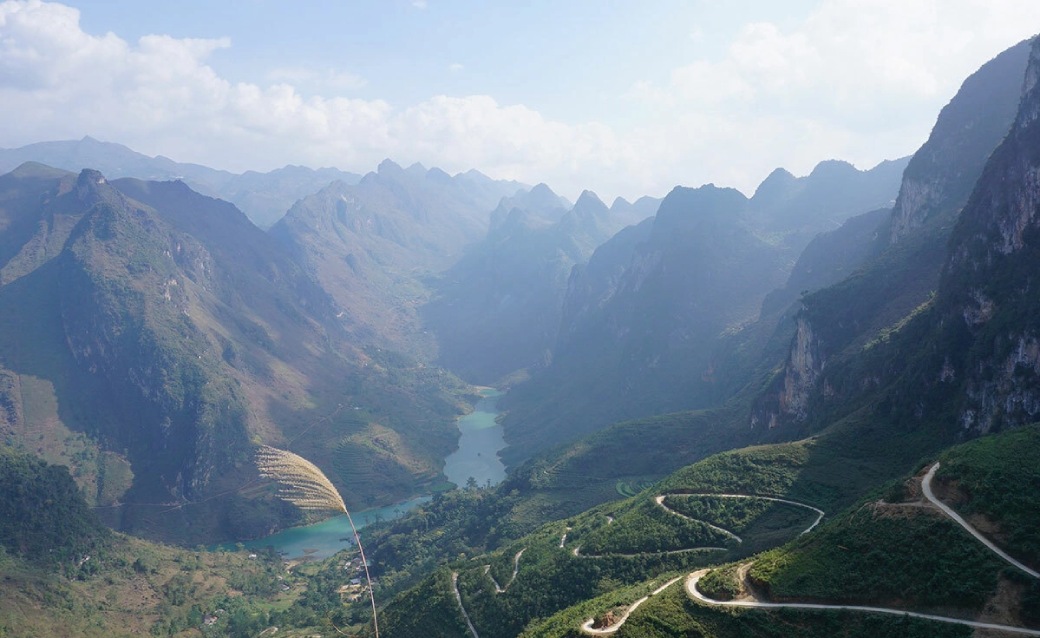
Source: Vnexpress
2.2. Summer (June - August)
Summer in Ha Giang is characterized by hot, humid conditions with temperatures ranging from 25-35°C. This period coincides with the monsoon season, bringing frequent heavy rainfall and occasional thunderstorms. Despite the heat, the elevated altitude provides some relief compared to Vietnam's lowland areas.
The summer rains transform Ha Giang's landscape into a lush green paradise. Rice terraces reach their peak emerald color, and numerous waterfalls cascade down mountain slopes with impressive force. The Nho Que River and other waterways are at their most dramatic during this season.
For motorbike travelers, summer presents both challenges and rewards. While the rain can make mountain roads slippery and potentially dangerous, proper rain gear and cautious driving allow you to witness Ha Giang at its most verdant. The key is flexibility – be prepared to adjust your itinerary based on weather conditions and always check road conditions before departing.
2.3. Autumn (September - November)
Autumn represents Ha Giang's golden season, offering the most favorable weather conditions for travelers. Temperatures cool to a comfortable 18-25°C, rainfall decreases significantly, and humidity levels drop, creating ideal conditions for all outdoor activities. Clear skies provide stunning visibility for mountain photography and sightseeing.
This season showcases Ha Giang's famous golden rice terraces as the grain reaches maturity, creating a spectacular patchwork of amber and gold across the mountainsides. The cool, dry weather makes it perfect for motorbike tours, trekking, and extended outdoor exploration.
Late autumn (October-November) brings the highly anticipated buckwheat flower season, when entire valleys are carpeted in delicate pink and white blooms. This natural phenomenon attracts photographers and nature lovers from around the world, making autumn Ha Giang's peak tourist season.
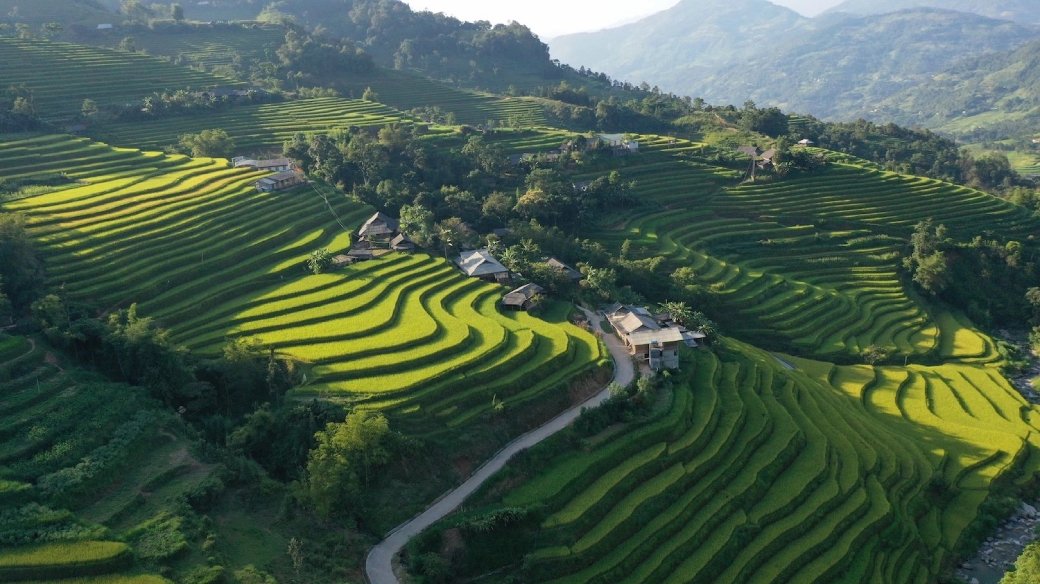
Rice terraces in Ha Giang - Source: Vnexpress
2.4. Winter (December - February)
Winter in Ha Giang is the coldest season, with temperatures dropping as low as 5°C or below in higher elevations. Morning fog is common, creating mystical landscapes but also challenging driving conditions. Occasional frost can occur in the highest areas, though snow is extremely rare.
Despite the cold, winter offers unique insights into local life as ethnic minority communities adapt to the season. Traditional heating methods, warm clothing, and Ha Giang's seasonal foods become more prominent. The dramatic morning fog rolling through valleys creates ethereal photographic opportunities for those willing to brave the cold.
Winter travelers should come prepared with warm clothing, including heavy jackets, thermal layers, and waterproof gear. While the weather can be challenging, the dramatic scenery and authentic cultural experiences make winter visits particularly rewarding for adventurous travelers.
3. Best time to visit Ha Giang based on weather
The ideal months for visiting Ha Giang are March-April (spring) and September-November (autumn), when travelers can enjoy warm sunny days that aren't too hot, with cooler temperatures and comfortable conditions. October and November are particularly recommended for the perfect combination of pleasant weather and spectacular natural displays.
March offers the beauty of spring blossoms without the intense heat of summer, while October and November provide the golden rice harvest season and buckwheat flowers. These months feature stable weather patterns, minimal rainfall, and excellent visibility for photography and sightseeing.
Several local festivals and events align with these optimal weather periods. The Buckwheat Flower Festival in November celebrates the season's most spectacular blooms, while spring festivals in March and April showcase local cultural traditions during the most comfortable weather conditions.
When planning your visit, consider these monthly weather patterns: How is the weather in Ha Giang in October? Perfect for golden rice terraces and comfortable temperatures. How is the weather in Ha Giang in March? Ideal for spring blooms and pleasant trekking conditions. How is the weather in Ha Giang in November? Excellent for buckwheat flowers and clear mountain views.

Source: Vnexpress
4. Ha Giang travel tips based on weather
4.1. Packing advice
- Spring (March-May): Pack layers including light sweaters, a waterproof jacket, comfortable hiking boots, and sun protection. Morning temperatures can be cool, while afternoons warm up significantly.
- Summer (June-August): Essential items include high-quality rain gear, waterproof bags for electronics, quick-dry clothing, and sturdy waterproof boots. Don't forget sunscreen and insect repellent.
- Autumn (September-November): Bring light layers, a windproof jacket, comfortable walking shoes, and photography equipment to capture the stunning seasonal colors.
- Winter (December-February): Pack warm clothing, including thermal layers, a heavy jacket, waterproof gloves, a warm hat, and sturdy boots with good grip for potentially icy conditions.
4.2. Road conditions and transportation
The weather significantly impacts transportation choices in Ha Giang. During dry seasons (autumn and spring), motorbike tours are ideal for experiencing the mountain roads at your own pace. However, wet season travel requires extra caution, with many travelers opting for guided tours or four-wheel drive vehicles.
Mountain roads can become slippery and dangerous during heavy rains, particularly along the famous Ma Pi Leng Pass. Always check current road conditions and weather forecasts before embarking on any journey, especially during monsoon season.
4.3. Weather forecasting resources
Before traveling to Ha Giang, check a reliable weather source, including Vietnamese meteorological services, international weather apps, and local tour operators who provide up-to-date conditions. Many hotels and guesthouses in Ha Giang town also offer current weather information and travel advice.
You can refer to the following sources: Vietnam Center for Hydro-Meteorological Forecasting and AccuWeather
5. FAQs
1 - Does it snow in Ha Giang?
Snow is extremely rare in Ha Giang, though frost can occur in the highest elevations during winter months. The province's latitude and altitude don't typically support snowfall, though temperatures can drop below freezing in December and January.
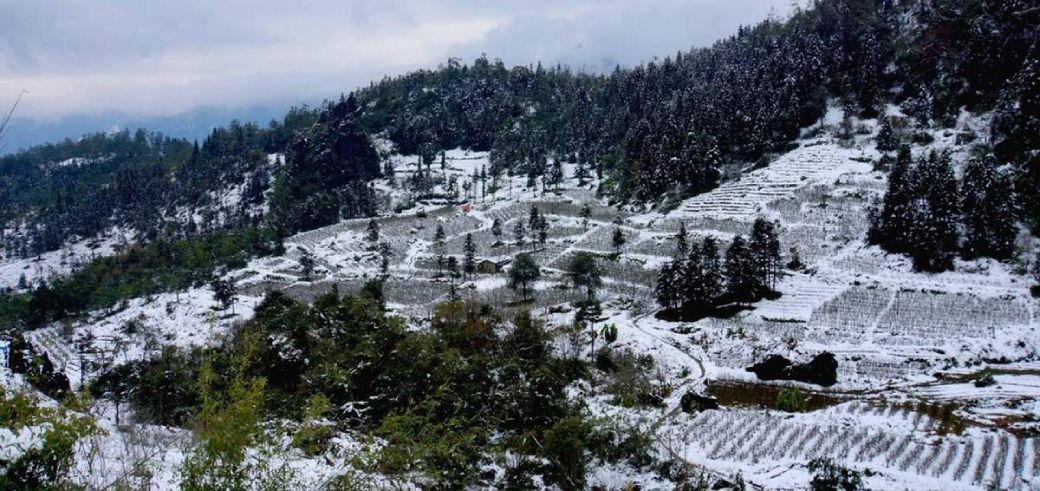
Snow landscape in Ha Giang - Source: Mia
2 - Is it safe to ride a motorbike in Ha Giang during the rainy season?
Motorbike travel during the rainy season requires extra caution and experience. Roads can become extremely slippery, and visibility may be reduced. If you're not an experienced motorbike rider, consider joining a guided tour or using a car with a driver during wet months.
3 - How is the weather in Ha Giang in specific months?
- January: Cold (5-15°C), foggy mornings, minimal rain
- February: Cool (8-18°C), transitioning to spring
- March: Mild (15-22°C), spring blossoms, moderate rain
- April: Comfortable (18-25°C), ideal for travel
- May: Warm (22-28°C), increasing humidity
- June: Hot (25-32°C), monsoon begins
- July: Hot and humid (25-35°C), heavy rains
- August: Hot (25-35°C), continued monsoon
- September: Cooling (20-28°C), decreasing rain
- October: Perfect (18-25°C), golden rice season
- November: Ideal (15-23°C), buckwheat flowers
- December: Cold (8-18°C), clear skies
Understanding Ha Giang weather patterns is crucial for planning an unforgettable journey to this remarkable destination. Each season offers unique experiences – from spring's delicate blossoms to autumn's golden harvests, summer's lush landscapes to winter's mystical fog-covered valleys.
The importance of checking weather conditions before your visit cannot be overstated, as Ha Giang's mountain environment can present rapid changes that affect travel safety and enjoyment. Flexible travel planning allows you to make the most of favorable conditions while avoiding potentially dangerous weather.
Whether you're seeking adventure on the famous Ha Giang Loop, hoping to capture the perfect photograph of terraced rice fields, or wanting to experience authentic ethnic minority culture, timing your visit according to weather conditions ensures you'll experience this incredible destination at its absolute best.
For the most up-to-date weather information and personalized travel advice, contact local guides or specialized tour services who understand Ha Giang's unique climate patterns. Their expertise can help you navigate weather challenges and discover hidden gems that most travelers miss, making your Ha Giang adventure truly extraordinary.
